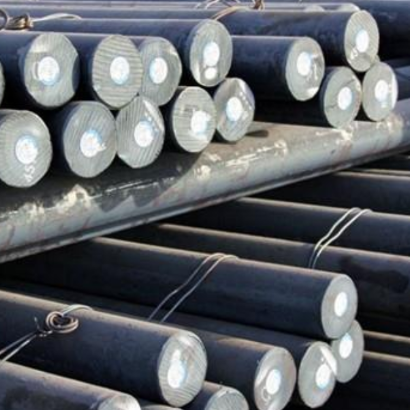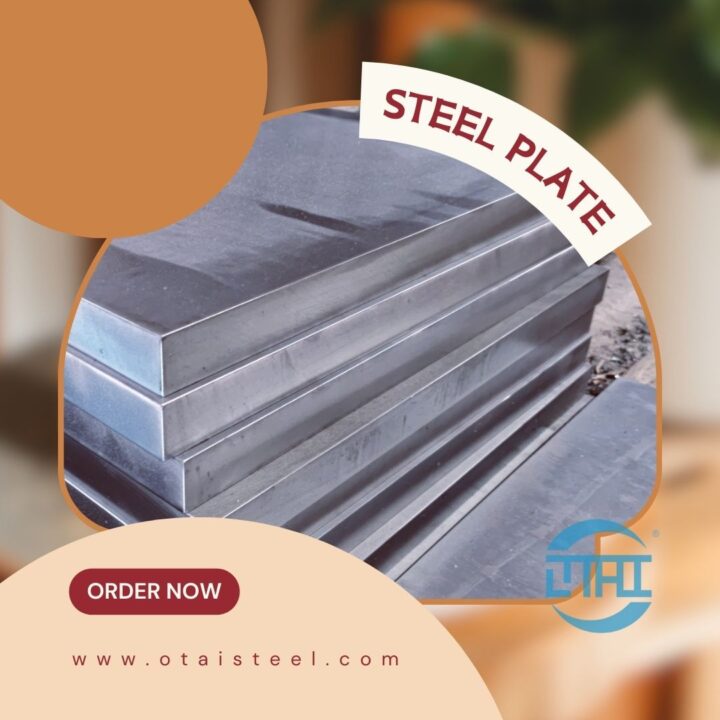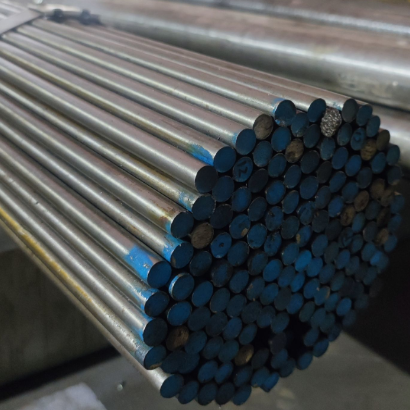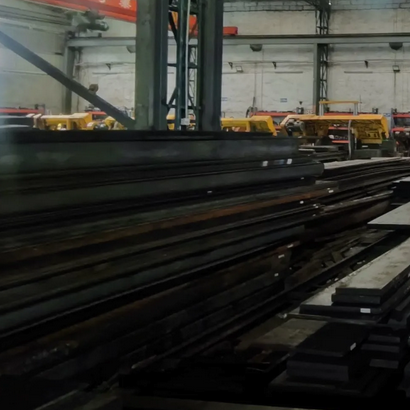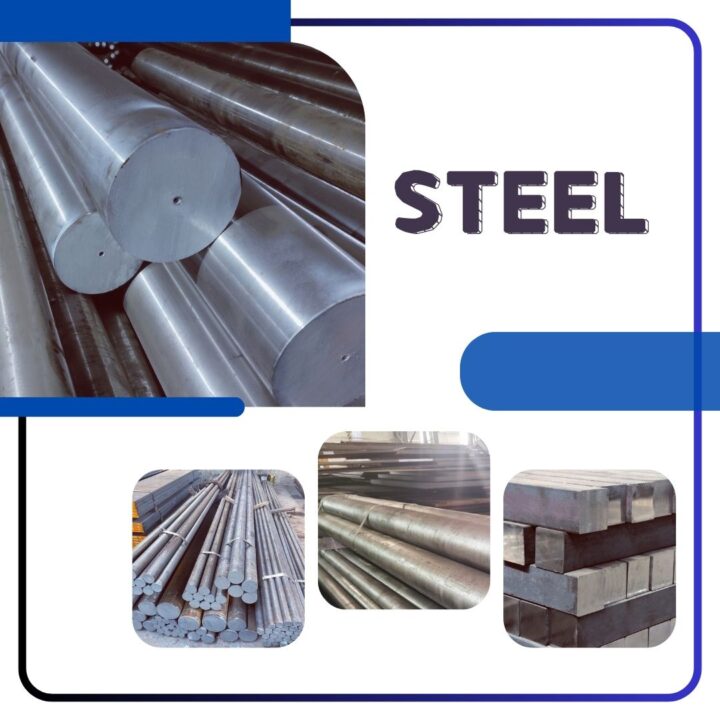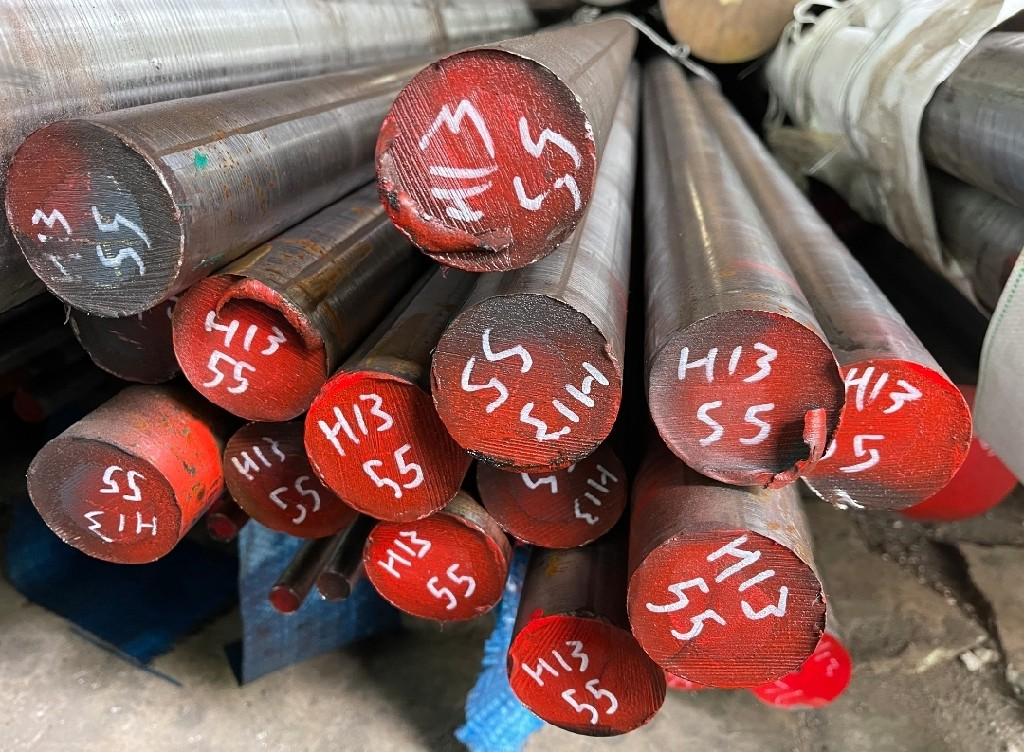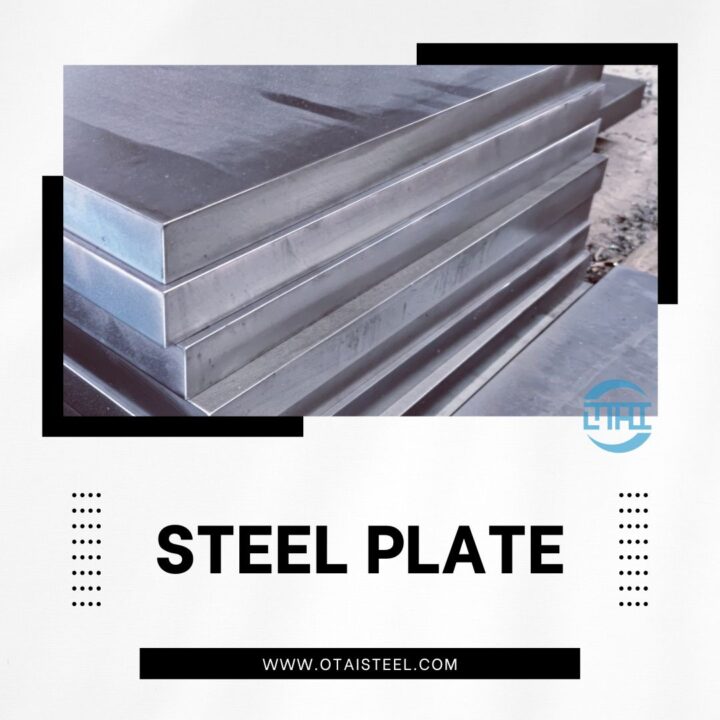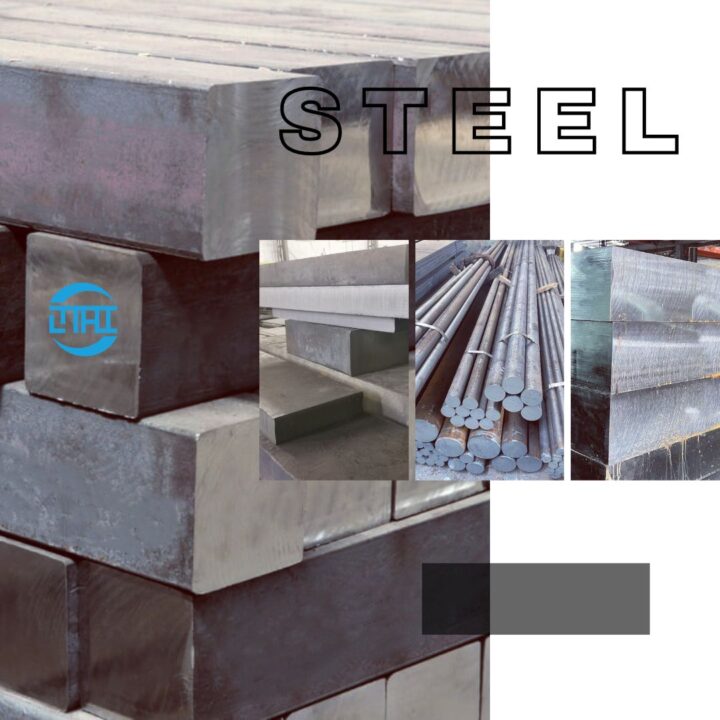In the realm of metallurgy, the transformation of common steel into extraordinary alloys represents a fascinating journey of innovation and engineering prowess. One such metamorphosis that captivates the attention of industries worldwide is the evolution of 8620, transcending its origins as conventional steel to attain the status of a super alloy. This journey not only alters the physical and chemical properties but also opens doors to a myriad of applications, shaping the landscape of modern manufacturing.
Unveiling the Origin: The Foundation in Steel
To understand the metamorphosis, we must first delve into the origins of 8620 as a steel variant. At its core, it starts as a steel alloy primarily composed of iron, carbon, and traces of other elements. While steel in itself is formidable, the journey to becoming a super alloy necessitates a strategic infusion of alloying elements, setting the stage for enhanced performance and versatility.
Alloy Alchemy: The Addition of Key Elements
The alchemical process involves introducing alloying elements such as chromium, nickel, and molybdenum into the steel matrix. This addition instigates a chemical transformation that imparts unique characteristics to the alloy. Chromium enhances corrosion resistance, nickel contributes to toughness, and molybdenum fortifies strength at elevated temperatures. This alloy alchemy is the catalyst for the metamorphosis from standard steel to the high-performance 8620 alloy.
Heat Treatment Magic: Crafting Superior Properties
A critical phase in the metamorphosis is the application of heat treatment. Controlled heating and rapid cooling during quenching bestow 8620 with a refined microstructure. This process not only enhances hardness but also fine-tunes other properties like toughness and wear resistance. The result is a super alloy that outshines traditional steel in demanding industrial applications.
Engineering Marvels: Applications Beyond Conventional Limits
The metamorphosis of 8620 brings forth a material that transcends the constraints of traditional steel. Its enhanced strength, toughness, and wear resistance make it a preferred choice in diverse applications. From aerospace components to critical automotive parts, 8620 finds its place in engineering marvels where reliability and performance are non-negotiable.
Precision Machining: Elevating Manufacturing Standards
In the realm of manufacturing, the metamorphosed 8620 alloy stands out for its machinability. Precision machining processes shape intricate components with ease, showcasing the alloy’s adaptability to the demands of modern manufacturing techniques. This attribute positions 8620 as a cornerstone in the production of complex parts across various industries.
Future Horizons: Trends in 8620 Alloy Applications
As the metamorphosis of 8620 continues to unfold, the alloy’s future holds promise for further advancements. Ongoing research and development aim to push the boundaries of its capabilities, opening new vistas for applications in emerging technologies. The metamorphosis of 8620 from steel to super alloy exemplifies the relentless pursuit of excellence in materials science, shaping the landscape of industries for years to come.
